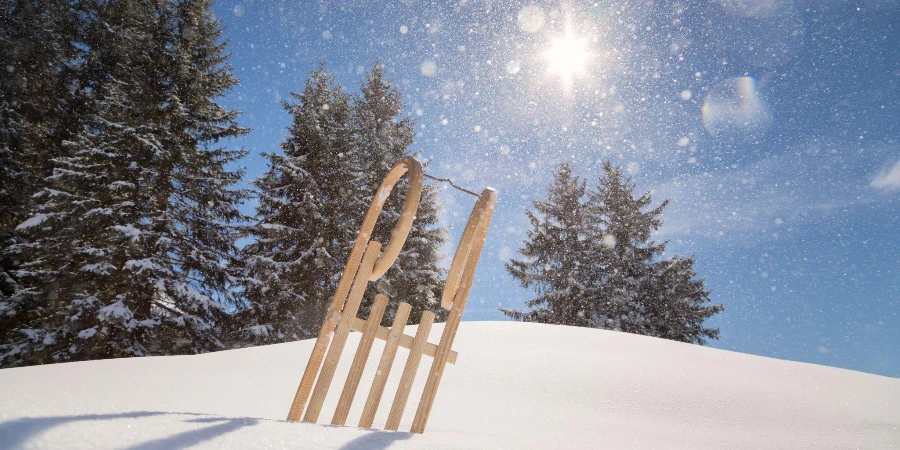The crisp air, the thrill of speed, and the laughter of friends and family—snow sledding is not just a winter activity; it’s a cherished memory in the making. Whether you’re a seasoned sledder or new to the slopes, understanding the nuances of snow sleds can enhance your winter adventures. This article delves into the world of snow sleds, covering everything from types to safety tips, ensuring your snowy escapades are not only fun but safe.
Table of Contents:
– Exploring the different types of snow sleds
– Safety measures for an enjoyable sled ride
– How to choose the right snow sled
– Maintenance tips for your snow sled
– Engaging in snow sled activities
Exploring the different types of snow sleds

Snow sleds come in a variety of shapes and sizes, each designed for specific purposes and thrill levels. Traditional wooden sleds, with their classic charm, are great for gentle slopes and offer a nostalgic ride. For those seeking speed, plastic sleds with slick bottoms glide effortlessly over snow, providing an exhilarating experience. Inflatable sleds, on the other hand, offer a comfortable ride and are easy to transport. Understanding the characteristics of each type can help you select a sled that matches your adventure spirit and the terrain you plan to conquer.
Safety measures for an enjoyable sled ride
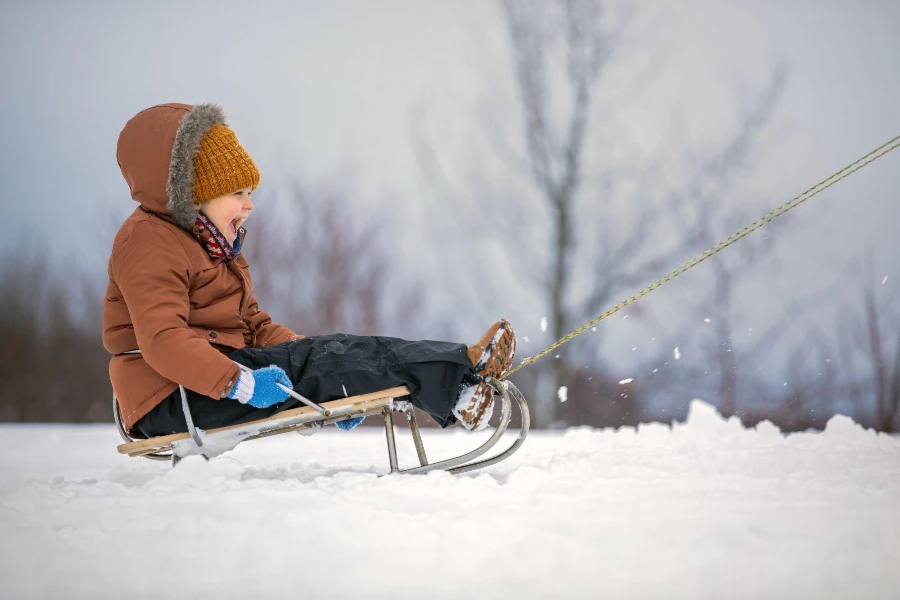
While snow sledding is a source of joy, prioritizing safety ensures that the fun continues without unwanted interruptions. Wearing a helmet can protect against head injuries, a common concern in sledding accidents. Dressing in layers keeps you warm and guards against hypothermia, while gloves and waterproof boots maintain your grip and prevent frostbite. Additionally, choosing a sled path free of obstacles like trees or rocks minimizes risks, making your sledding experience both safe and enjoyable.
How to choose the right snow sled
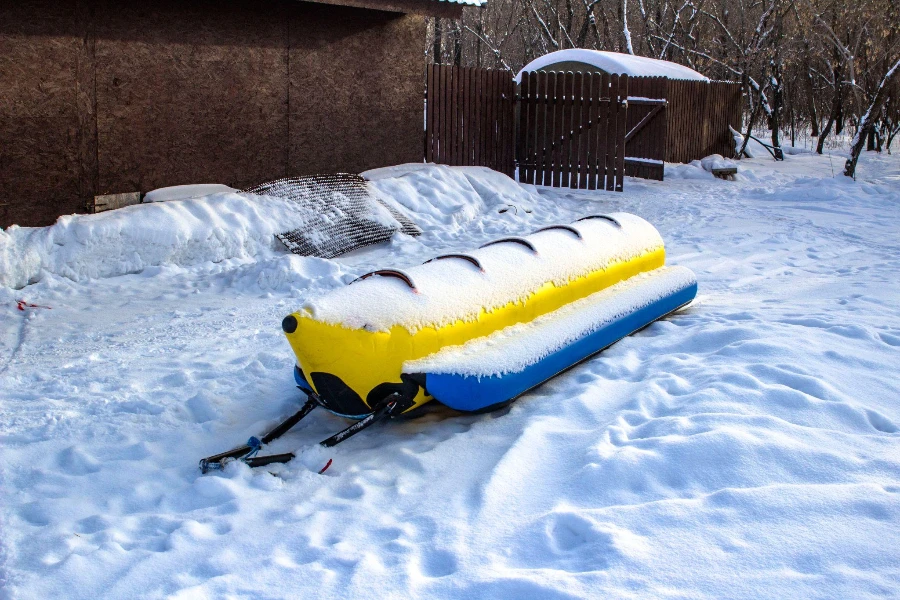
Selecting the perfect snow sled involves considering several factors. The sled’s material impacts its durability and performance; for instance, a plastic sled may offer speed but can crack in cold temperatures, while a foam sled provides a softer ride and better shock absorption. The size of the sled should accommodate the rider comfortably, ensuring control and stability during the ride. Lastly, consider the type of sledding you plan to do—recreational sledding calls for a different sled type than competitive racing. Balancing these aspects can lead you to a sled that complements your winter adventures perfectly.
Maintenance tips for your snow sled
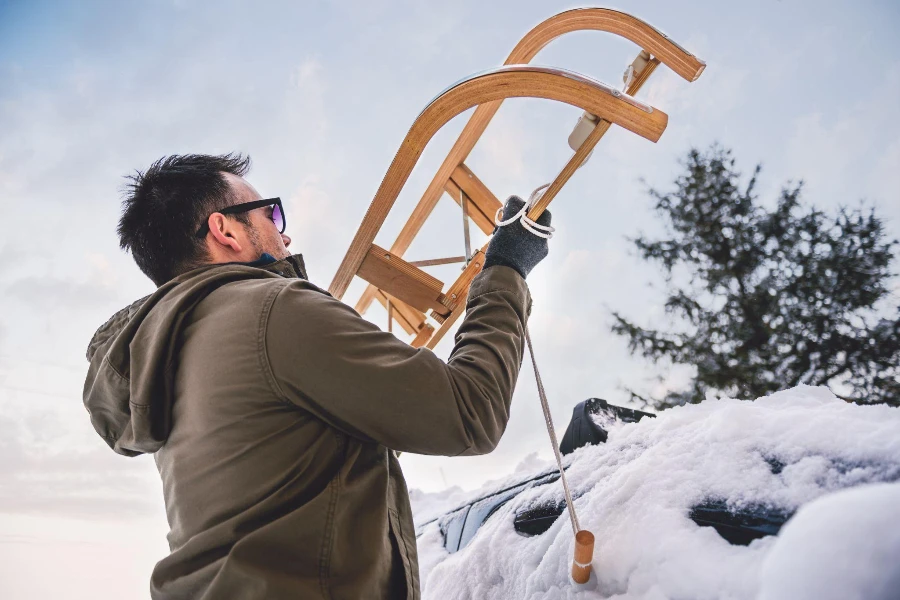
To ensure your snow sled remains in top condition, regular maintenance is key. After each use, wiping down the sled to remove snow and water can prevent damage and rust on metal parts. Storing the sled in a cool, dry place away from direct sunlight helps maintain its integrity and prevents the material from degrading. Checking for cracks or other signs of wear before each use can also prevent accidents. With proper care, your snow sled can provide years of winter fun.
Engaging in snow sled activities
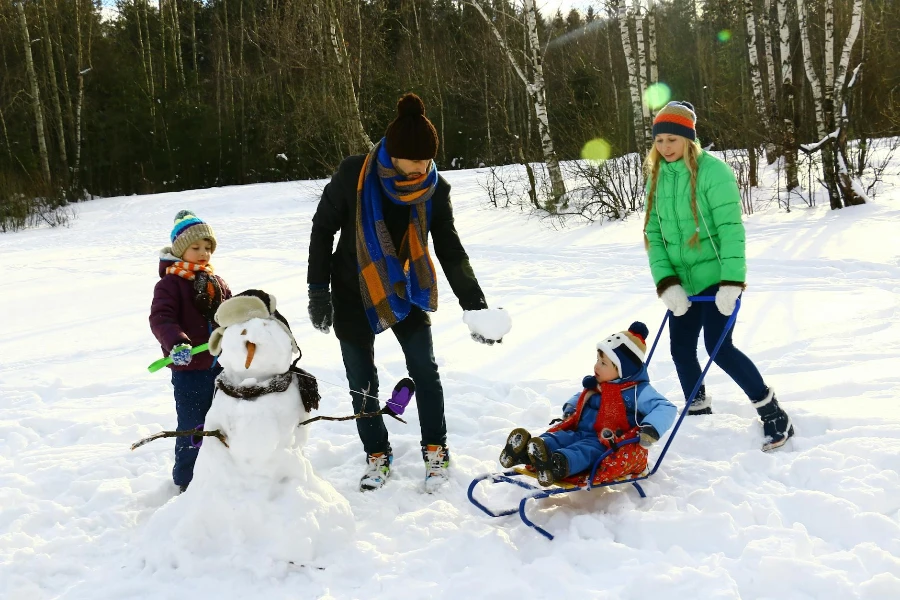
Snow sledding offers more than just the thrill of the ride; it’s an opportunity to engage in various winter activities. From sledding races with friends and family to exploring new trails, the possibilities are endless. Participating in local sledding events can also introduce you to a community of fellow sledding enthusiasts, expanding your social circle and enhancing your sledding experience. Moreover, sledding can be a gateway to other winter sports, encouraging an active and adventurous lifestyle during the colder months.
Conclusion:
Snow sledding is a winter activity that combines excitement, tradition, and the beauty of the outdoors. By understanding the different types of sleds, prioritizing safety, choosing the right sled, maintaining it properly, and engaging in various sledding activities, you can ensure that your winter adventures are not only thrilling but also safe and memorable. So, grab your sled, and let the winter fun begin.
